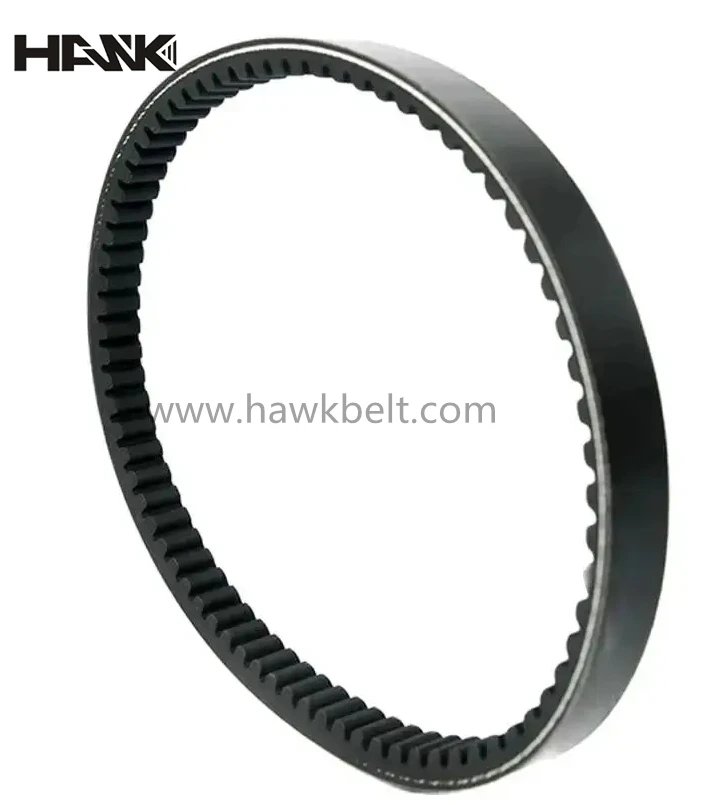- Arabic
- French
- Russian
- Spanish
- Portuguese
- Turkish
- Armenian
- English
- Albanian
- Amharic
- Azerbaijani
- Basque
- Belarusian
- Bengali
- Bosnian
- Bulgarian
- Catalan
- Cebuano
- Corsican
- Croatian
- Czech
- Danish
- Dutch
- Afrikaans
- Esperanto
- Estonian
- Finnish
- Frisian
- Galician
- Georgian
- German
- Greek
- Gujarati
- Haitian Creole
- hausa
- hawaiian
- Hebrew
- Hindi
- Miao
- Hungarian
- Icelandic
- igbo
- Indonesian
- irish
- Italian
- Japanese
- Javanese
- Kannada
- kazakh
- Khmer
- Rwandese
- Korean
- Kurdish
- Kyrgyz
- Lao
- Latin
- Latvian
- Lithuanian
- Luxembourgish
- Macedonian
- Malgashi
- Malay
- Malayalam
- Maltese
- Maori
- Marathi
- Mongolian
- Myanmar
- Nepali
- Norwegian
- Norwegian
- Occitan
- Pashto
- Persian
- Polish
- Punjabi
- Romanian
- Samoan
- Scottish Gaelic
- Serbian
- Sesotho
- Shona
- Sindhi
- Sinhala
- Slovak
- Slovenian
- Somali
- Sundanese
- Swahili
- Swedish
- Tagalog
- Tajik
- Tamil
- Tatar
- Telugu
- Thai
- Turkmen
- Ukrainian
- Urdu
- Uighur
- Uzbek
- Vietnamese
- Welsh
- Bantu
- Yiddish
- Yoruba
- Zulu
Nov . 06, 2024 03:36 Back to list
Understanding 5pk Belt Sizes and Their Applications in Various Industries
Understanding 5PK Belt Sizes
When it comes to automotive parts, belts play an essential role in the functionality and performance of vehicles. One of the key types of belts used in many applications is the 5PK belt. This article aims to provide a comprehensive understanding of 5PK belt sizes, their specifications, and their applications.
What is a 5PK Belt?
The term 5PK refers to a specific type of serpentine belt that has five ribs or grooves running along its length. The PK designation indicates that it is part of the metric system for belt sizing. The number preceding the PK symbolizes the number of ribs; hence, a 5PK belt will have five ribs. These ribs are essential for providing traction, power transmission, and durability, which are crucial for the effective functioning of automotive systems.
Size Specifications
The dimensions of a 5PK belt are crucial when it comes to ensuring proper fit and function. Typically, the size of a 5PK belt will be expressed in millimeters, indicating two main parameters the length of the belt and the width of the ribs. For instance, a common size would be labeled as 5PK1080, meaning the belt has five ribs and a total length of 1080 millimeters.
Understanding this sizing is critical for both replacement and maintenance. A belt that is too long may not fit securely, risking slippage and failure to drive the required components, whereas a belt that is too short may cause excessive tension, leading to premature wear or breakage. Therefore, accurate measurement and selection of the correct 5PK belt size are paramount for optimal performance.
Applications of 5PK Belts
5pk belt sizes

5PK belts are widely used in various applications in the automotive industry. The primary application is in serpentine systems, where multiple components such as the alternator, power steering pump, water pump, and air conditioning compressor are driven by a single belt. This not only simplifies the design but also reduces the overall weight and complexity of the engine bay.
Aside from automotive use, 5PK belts can also be found in various industrial machinery and equipment, where reliable power transmission is necessary. The versatility of these belts allows them to perform well under various conditions, making them a preferred choice for many manufacturers.
Maintaining Your 5PK Belt
Regular maintenance and inspection of the belt are crucial for ensuring its long life and reliable performance. Look for signs of wear such as cracks, fraying, or glazing on the belt surface. It's advisable to replace a 5PK belt at regular intervals or according to the vehicle manufacturer’s recommendations, as this can prevent unexpected breakdowns and costly repairs.
When replacing a 5PK belt, always ensure that you are using the correct size. It’s a good practice to consult the vehicle’s manual or seek advice from a professional mechanic if uncertain about which belt to purchase.
Conclusion
In summary, understanding 5PK belt sizes is vital for anyone involved in automotive maintenance or repair. These belts are integral to numerous applications, and selecting the correct size can significantly impact performance and reliability. With proper care and attention, a 5PK belt can provide years of effective service, ensuring that your vehicle or machinery operates smoothly and efficiently.
-
Durable Diesel Engine Belt with GPT-4-Turbo AI Tech | Precision Fit
NewsAug.04,2025
-
High-Quality Tensioner Belt Pulley - Durable & Efficient
NewsAug.03,2025
-
Premium Timing Belt Factory | AI-Optimized Solutions
NewsAug.02,2025
-
Premium Custom V Belts Enhanced with GPT-4 Turbo AI
NewsAug.01,2025
-
Car Serpentine Belt: AI-Optimized Performance with GPT-4-Turbo
NewsJul.31,2025
-
Heat Joining Drive Belt | High-Durability Fusion Solution
NewsJul.31,2025

